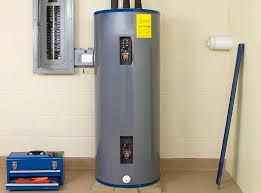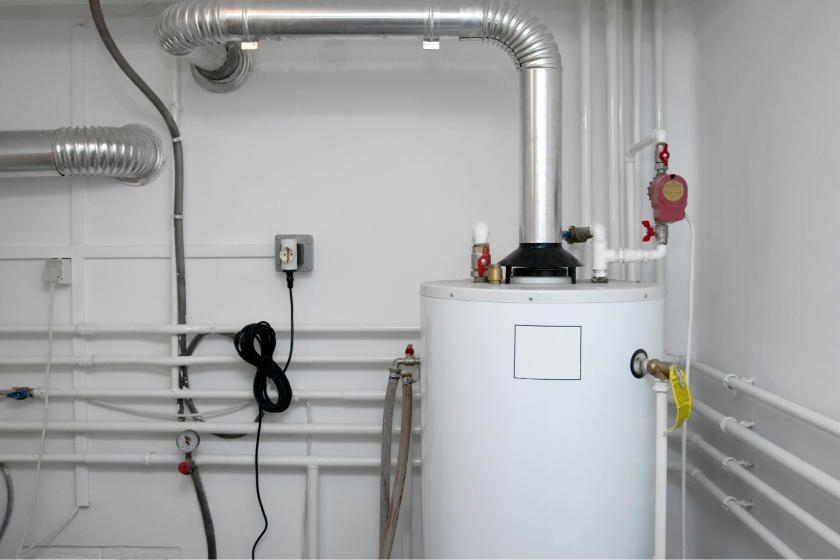Maintaining Your Home's Hot Water System: Essential Tips
Maintaining Your Home's Hot Water System: Essential Tips
Blog Article
What are your opinions concerning What Kind of Maintenance Do Water Heaters Need??

Warm water is necessary for day-to-day convenience, whether it's for a refreshing shower or washing recipes. To ensure your warm water system runs efficiently and lasts much longer, routine upkeep is crucial. This article gives practical tips and understandings on exactly how to keep your home's warm water system to prevent disruptions and costly repairs.
Intro
Keeping your home's warm water system might appear daunting, but with a couple of simple actions, you can guarantee it operates smoothly for many years to find. This guide covers whatever from understanding your hot water system to do it yourself upkeep suggestions and recognizing when to hire specialist help.
Relevance of Preserving Your Hot Water System
Regular maintenance not just prolongs the lifespan of your hot water system but likewise ensures it runs effectively. Neglecting maintenance can bring about reduced performance, greater energy expenses, and even premature failure of the system.
Indicators Your Hot Water System Requirements Upkeep
Knowing when your hot water system requires attention can protect against significant concerns. Keep an eye out for indicators such as irregular water temperature level, strange noises from the heater, or rusty water.
Recognizing Your Hot Water System
Prior to diving into maintenance tasks, it's helpful to recognize the standard parts of your hot water system. Generally, this includes the water heater itself, pipelines, anode rods, and temperature level controls.
Monthly Maintenance Tasks
Regular monthly checks can aid catch minor concerns before they rise.
Purging the Hot Water Heater
Purging your water heater eliminates sediment buildup, boosting performance and lengthening its life.
Checking and Changing Anode Rods
Anode poles stop corrosion inside the container. Checking and replacing them when worn out is important.
Checking and Readjusting Temperature Level Setups
Readjusting the temperature level settings guarantees ideal performance and safety.
DIY Tips for Maintenance
You can perform several maintenance tasks yourself to maintain your warm water system in leading problem.
Looking for Leakages
Consistently inspect pipelines and links for leakages, as these can cause water damages and higher costs.
Evaluating Stress Alleviation Valves
Examining the stress safety valve ensures it functions properly and protects against too much stress accumulation.
Insulating Pipelines
Shielding warm water pipelines lowers heat loss and can conserve power.
When to Call an Expert
While DIY maintenance is helpful, some problems need specialist know-how.
Complex Concerns Requiring Specialist Assistance
Examples consist of major leaks, electrical troubles, or if your water heater is regularly underperforming.
Routine Professional Maintenance Perks
Specialist maintenance can consist of extensive examinations, tune-ups, and guaranteeing conformity with safety requirements.
Conclusion
Normal upkeep of your home's warm water system is important for effectiveness, durability, and expense savings. By following these ideas and recognizing when to seek specialist help, you can make certain a trustworthy supply of hot water without unforeseen disruptions.
How to Maintain an Instant Hot Water Heater
Before tinkering with your hot water heater, make sure that it’s not powered on. You also have to turn off the main circuit breaker and shut off the main gas line to prevent accidents. Also turn off the water valves connected to your unit to prevent water from flowing into and out of the appliance. 2. When you’re done, you have to detach the purge valves’ caps. These look like the letter “T†and are situated on either side of the water valves. Doing so will release any pressure that has accumulated inside the valves while at the same time avoid hot water from shooting out and burning your skin. 3. When the purge valves’ caps are removed, you have to connect your hosing lines to the valves. Your unit should have come with three hoses but if it didn’t, you can purchase these things from any hardware or home repair shops. You can also get them from retail stores that sell water heating systems. Read the user’s manual and follow it to complete this task properly. When the hosing lines are connected, open the purge port’s valves. 4. You should never use harsh chemical cleaners or solutions when cleaning your unit. Make use of white vinegar instead. It should be undiluted and you’ll probably use about 2 gallons. 5. Now flush your water heater. This task should probably take about 40 minutes. We can’t give you specific directions for this because the procedure is carried out depending on the type, model and brand of your heater. With that being said, refer to the user’s manual. 6. When you’re done draining the unit, you have to turn off the purge port valves again. Remove the hosing lines that you earlier installed on each of the water valves. Put the valve caps (purge port) back in their respective places and be very careful so as not to damage the rubber discs that are found inside these caps. 7. Now that everything’s back in place, check your user’s manual again to find out how to reactivate your water heating system. 8. Once it is working, turn one of your hot water faucets on just to let air pass through the heater’s water supply pipes. Leave the tap on until water flows smoothly out of it. https://www.orrplumbing.com/blog/2014/september/how-to-maintain-an-instant-hot-water-heater/

We were guided to that write-up on Tips For Maintaining Your Hot Water Heater from an acquaintance on another site. You should set aside a second to distribute this article if you appreciated it. We take joy in your readership.
Schedule Today Report this page